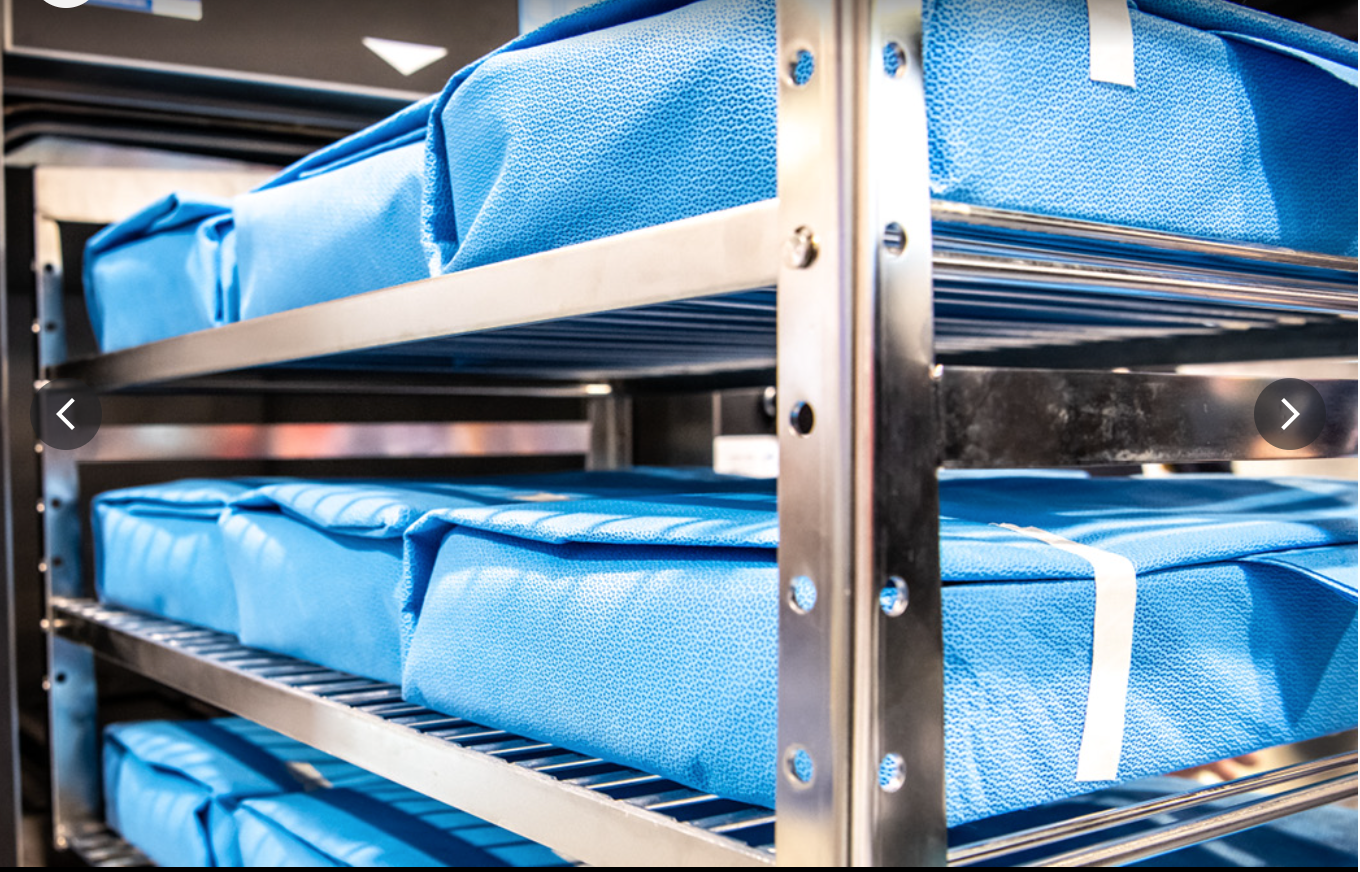HSPA's Requirements to Become a Certified Registered Central Service Technician
To become a CRCST, the HSPA mandates that candidates should have a high school diploma or GED equivalent. Further, candidates must complete a sterile processing program, which provides them with the necessary knowledge and skills in sterilization processes, infection prevention, and medical equipment handling.
2. Work Experience:
While a formal education provides the foundation, hands-on experience is equally essential in becoming a competent CRCST. The HSPA requires candidates to complete a certain number of hours working in a central service department under the supervision of a qualified technician or trainer. The exact duration may vary, but a minimum of six months to a year of practical experience is typically expected.
3. Exam Requirement:
Once the educational and work experience requirements have been met, aspiring CRCSTs need to pass a nationally recognized certification exam. The HSPA offers the Certified Registered Central Service Technician exam which assesses candidates' knowledge of the core competencies required to perform their duties effectively. This exam evaluates their understanding of infection prevention, sterilization techniques, leadership skills, and regulatory standards.
4. Continuing Education:
HSPA's commitment to maintaining high standards extends beyond the initial certification process. CRCSTs are required to partake in continuing education to keep their knowledge and skills up to date. Technological advancements, evolving best practices, and changing regulatory guidelines demand that certified technicians remain informed. HSPA provides various recertification options, including online courses, conferences, and workshops, allowing CRCSTs to expand their knowledge and stay abreast of industry developments.
5. Ethical Standards:
Another critical aspect of becoming a CRCST is adhering to ethical and professional standards. HSPA expects CRCSTs to conduct themselves with integrity, professionalism, and respect for patient safety and confidentiality. Upholding high ethical standards and developing strong communication skills are pivotal in maintaining a patient-centered approach while working within a healthcare team.
Becoming a certified registered central service technician is not an easy feat. Aspiring professionals need to meet educational requirements, accumulate practical experience, pass a rigorous exam, and commit to continuous learning. The HSPA's certification process ensures that CRCSTs possess the necessary knowledge, skills, and ethical standards to fulfill their responsibilities in maintaining a safe and sterile healthcare environment.
By following these requirements, technicians can become instrumental in ensuring the highest level of patient safety and contribute to the overall success of healthcare facilities. The HSPA's commitment to establishing and maintaining these standards underscores the vital role they play in the certification of central service technicians.



Dec 17, 2025 • Posted by James Osei Owusu
I will to study first the Sterile Processing Technician Course.
I will to know when the next course will start.
I also want to know duration of the course and how much the course will cost.
Looking forward to hearing from you.
NB: My contact number is 317-4149493
James Osei Owusu
Nov 09, 2025 • Posted by Savonna Michelle Champ Jones
I want to enroll in your program
Feb 02, 2024 • Posted by Muhammad faseeh
Hi sir iam from India